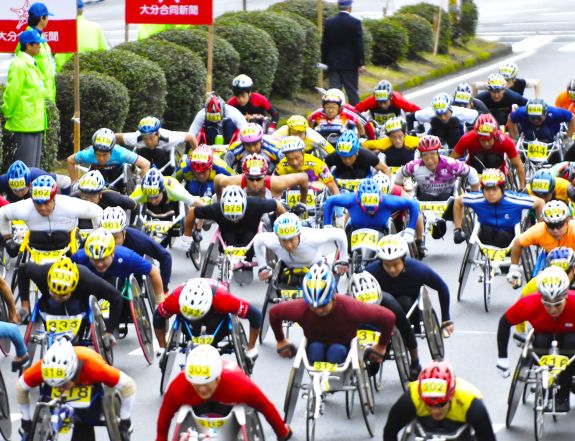What's On
There are a huge variety of events happening throughout the year and throughout Oita. The locals love gathering together and events of all descriptions can be found wherever they live, from the largest city through to the smallest hamlet. The following list includes most of the major events plus some other intriguing ones.
January
Horan Enya New Year Celebration
Even in the depths of winter, Horan Enya is a sufficiently unusual event that its draws thousands of locals and visitors alike to the banks of the Katsura-gawa river, which flows through the centre of Bungo Takada. For over 300 hundred years, a large boat decked out in colourful ceremonial flags of fishermen has been rowed slowly up stream by muscled young men, each naked except for a loin cloth. Originally an event to pay respect to the kami gods for safe passage, Horan Enya has long since morphed into a celebration of the new year.
To the beat of taiko drums and the chant 'Horan Enya, Enya Sanosassa' the rowers valiantly skull the boat upriver. They only leave their post at the oar to dive into the frigid water at the behest of an onlooker providing bottles of sake or similar celebratory gift for their efforts. Meanwhile, everyone else aboard the boat, including local dignitaries, guests and the year's Miss Bungo Takada, fling copious amounts of fortune-bearing rice cakes, wrapped in red paper, to the river banks, setting off an excited scramble for them amongst the throng of onlookers.
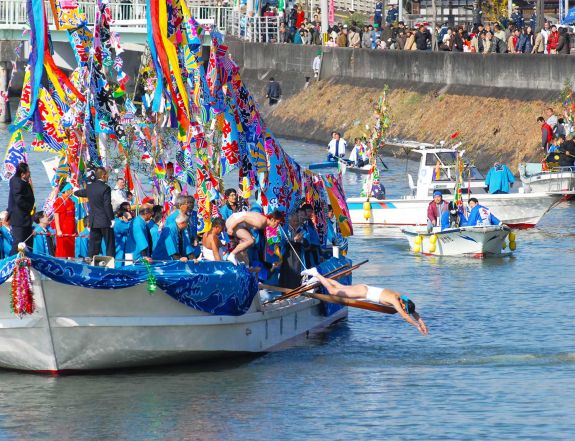
February
Shujo-Onie
Held each year around the Lunar New Year, Shujo-Onie at Tenen-ji temple is the Kunisaki Peninsula’s most distinctive and exciting festival. Oni devils, one dressed in black, the other in red and both sporting devil masks, are brought ‘alive’ by chanting and the ritual spewing of sake over them by a monk. After the two oni engage in a choreographed, sparring dance, escorted by acolytes they hold aloft flaming torches and begin an energetic dance around the festival building, a thatched roof and wooden structure located in a, usually, very quiet valley. As they make their way, crashing their torches all around, embers shower anyone nearby. Striking onlookers with their torches, is a final flurry before the oni head off into the night. Not surprisingly, the local fire brigade is on standby outside.
Contrary to the oni’s fearsomeness, however, their activities are to ward off illnesses and promote good health. Note that regulars to the event come prepared wearing clothing that will not burn! A less rumbustious but no less interesting version of Shujo-Onie is also held on alternate years at Iwato-ji and Jobutsu-ji temples.
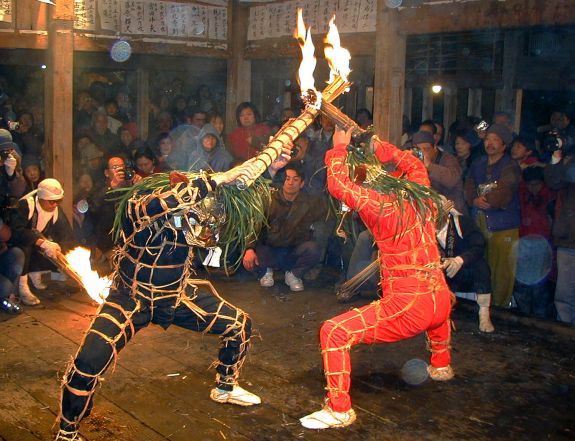
March
Beppu Hatto Onsen Festival
The Hatto Onsen Festival is a very popular and sometimes rumbustious celebration, a canival of events, of Beppu and its onsen hot spring, resort culture. Held over four days, each with different themed events. On day one, for example, festive floats parade through the streets while water is sprayed over everyone and everything in the vicinity. On another, Beppu's cafes and their coffee, a long-popular beverage in Japan, brewed with onsen waters takes top billing. On the evening of another day, Ogiyma, a hillside behind Beppu is set afire.
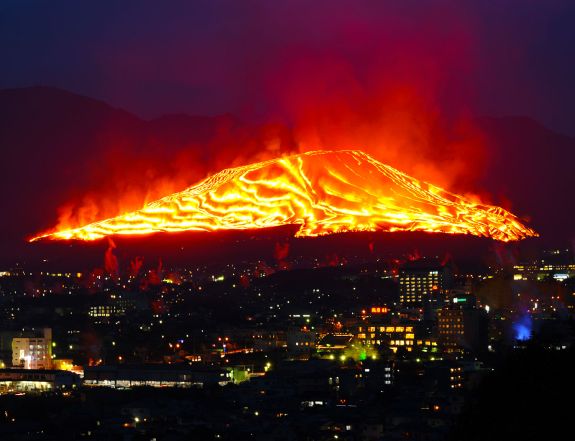
April
Oka-jo Cherry Blossom Festival
The sakura cherry blossom is dear to the Japanese heart and cause for celebration around Japan. In Taketa, an extra frission is added with the re-enactment of a daimyo procession.
The daimyo, the samurai regional lord, along with his advisors and footsoldiers, armed with swords and tanegashima muskets, begin their journey at his one-time strong-hold, Oka-jo. Once a strategically vital site dominating the surrounding countryside, today the grounds are a lovely park and officially listed as one of Japan's Top 100 Cherry Blossom Viewing Sites. From here a pageant unfolds as the daimyo's procession makes it way down into Taketa much like in days of ages past.
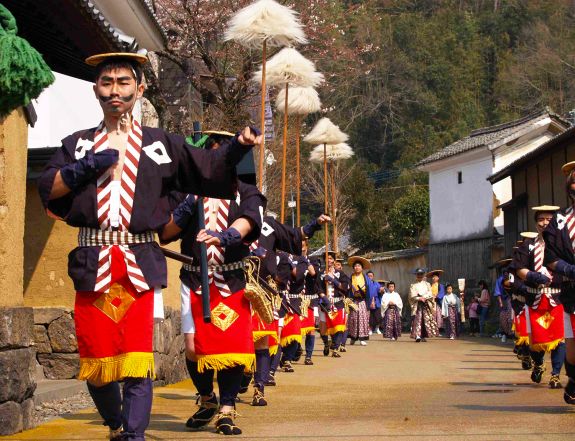
May
Kitsuki-jo Festival
Events of all shapes and descriptions are held around Japan during Golden Week, a series of bank holidays at the end of April into early May. Oita is no exception with events throughout the prefecture. Kitsuki celebrates its history as a samurai castle-town, the bastion of the a daimyo warlord, with, seemingly, the whole town turning out in Edo-period costume. A daimyo and his retinue parade through the town's historic streets in an aristocratic manner followed by the flambouyant procession of an oiran courtesan and her entourage.
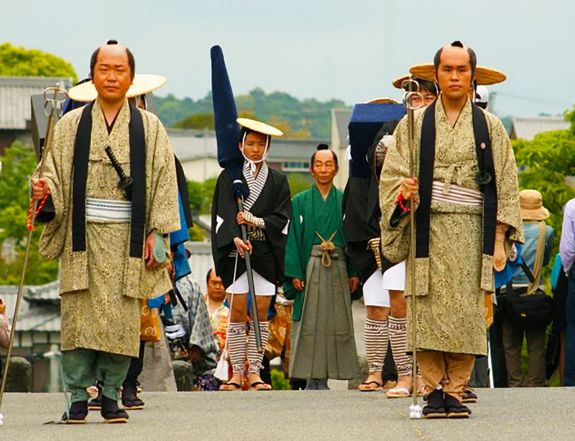
Hita River Carnival
Hita celebrates the beginning of summer over two days at the end of May with its kawabiraki river carnival. The locals turn out en masse to watch waterborne fun and games, and marching bands and dance troupes parading through town. As day turns to dusk they all gather on the banks of the Mikuma River to view a spectacular and thunderous illumination of the night skies created with 10,000 fireworks.
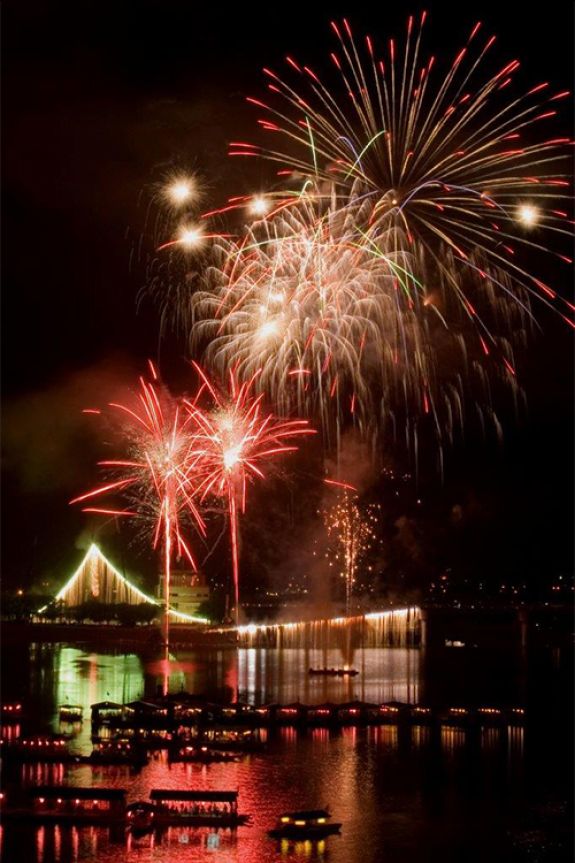
Argerich's Meeting Point in Beppu
Martha Argerich, the highly-regarded, world famous Argentinian classical concert pianist, created and then led the annual Meeting Point in Beppu music festival for over twenty years. Throughout the month of May and into early June, Beppu reverberates to a large program of classical music performed by Argerich accompanied by top-musicians from around Japan and the rest of the world.
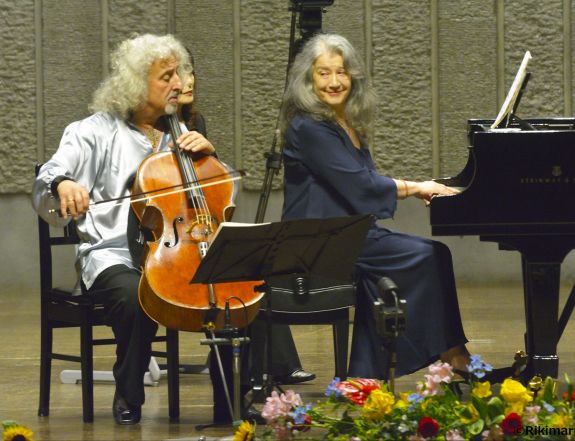
Kunimi Studio and Gallery Open Weekend
An annual festival of art and crafts centred on the delightful port town of Imi in Kunimi on the north coast of the Kunisaki Peninsula. Held over three days on a May bank holiday weekend, the festival introduces the the work of the artists who have made their home in Kunimi along with others from further afield. Pop-up galleries join established galleries, such as Touinryo, La Paloma and Suzume-gusa, while artists welcome visitors to their studios.
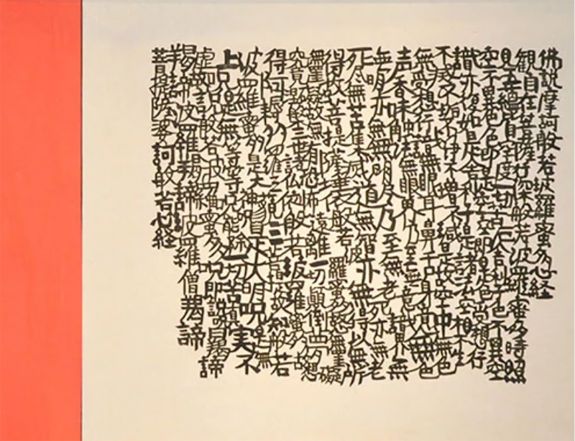
June
July
Usuki Gion
One of three major Gion festivals held each summer in Oita, the event in Usuki dates back to 1643. In common with the Nakatsu Gion, dashi festival floats are raced around the city's historic streets by teams of young men. Spread over ten days in the middle of July, the opening owatari and closing okaeri processions are intriguing highlights.
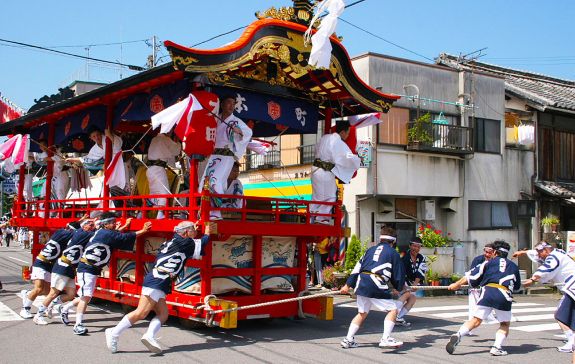
Tsukumi Minato Festival
The Tsukumi Minato Festival is an iconic event in this particular region. It features Soiya Tsukumi, a citywide dance session, and the staple of the event, nighttime fireworks in the summer sky with 4,000 rounds of rockets.
This festivity is not something to be missed - especially during the launching of last 100 rounds, including one of the largest fireworks in all of Kyushu.
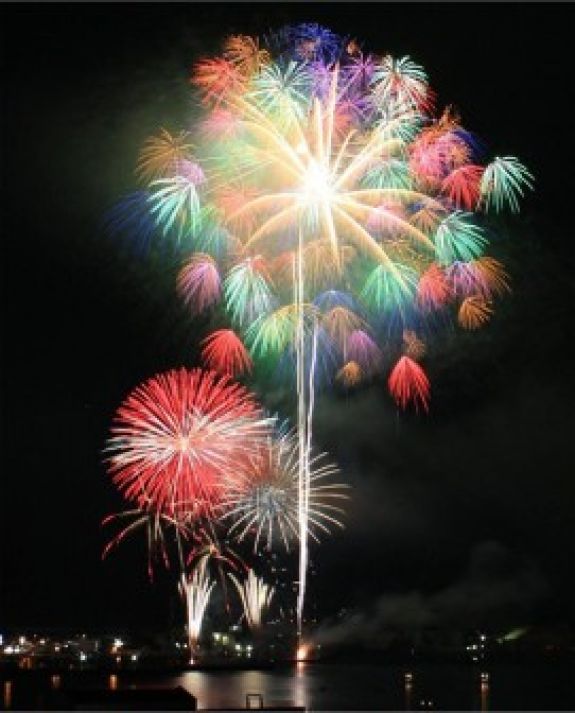
Beppu Early Summer Festival
One of the most iconic summer events in Beppu, Beppu Early Summer Festival features a bon dance session in the evening and a colorful display of fireworks in the night sky.
Yatai street vendors will be out at the Yatai Mura on the premises to provide you with food to go alongside the entertainment as well.
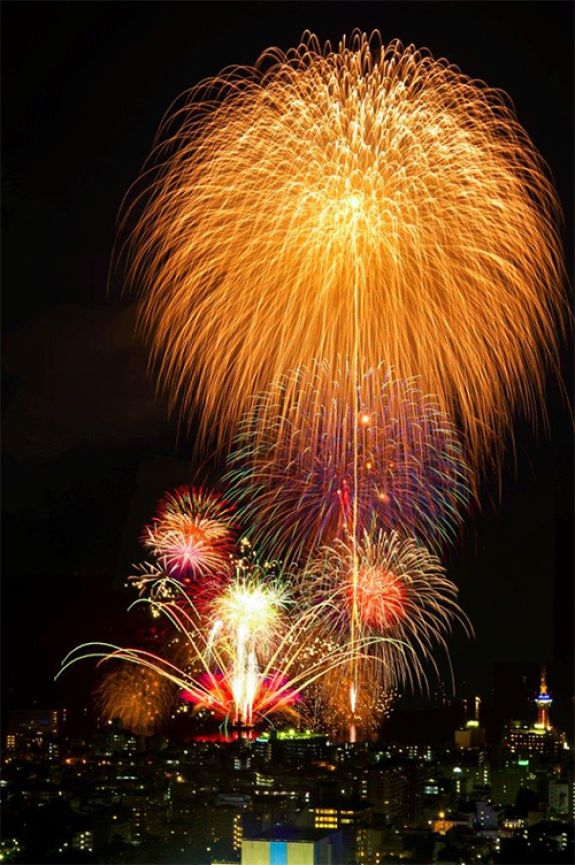
Nakatsu Gion
Nakatsu Gion has its roots in a local fishing community's festival dating back to 1430, although its distinctive and elegant dashi floats date from 1683. The spectacle, however, is in teams of young men racing the dashi, which are up to 5 metres in height, through Nakatsu's streets to the cacophonous sound of drums, bells and chants.
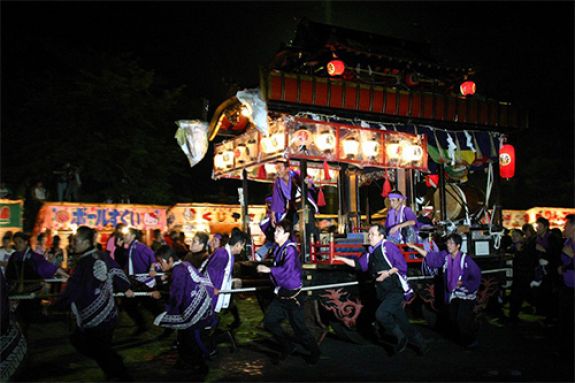
Hita Gion
Hita's Gion is not only one of the city's four great festivals it is also one of Oita's most elegant and extravagant. Over 300 hundred years ago locals took inspiration from Kyoto's ancient festival bearing the same name. Nine ornately adorned, towering yamaboko floats are paraded through the streets of Hita's old quarters, including Mameta-machi, to the sound of traditional music. As day turns to dusk lanterns on the yamaboko are lit to create a beautiful spectacle, especially when all nine are brought together, the culmination of Hita's Gion.
Ethereal in appearance, the festival has practical purpose as an invocation for protection of the community from illness and natural disasters. Long a classic event that was listed as a UNESCO Intangible Cultural Property in 2016, it was, however, preceded by the Gion festival in neighbouring Nakatsugawa. Other Gion festivals, albeit on a smaller scale, in Oita are to be found in Usuki and Kitsuki.
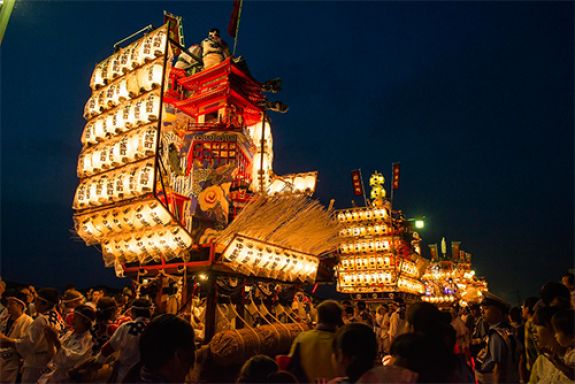
August
September
Karaage Festival
Oita's annual, two-day celebration of a local delicacy karaage deep fried chicken. Over 60 different specialist take-out shops and restaurants from the neighbouring cities of Nakatsu and Usa bring a friendly rivalry to this culinary event as each plies their particular take on this popular dish to visitors.
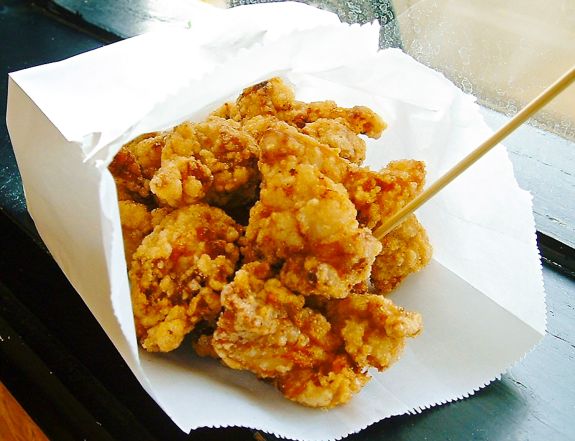
Ajimu Wine Festival
A two-day celebration of music, local food and, of course, viticulture at the Ajimu Winery.
October
Onta-yaki Festival
The ten potteries in the picturesque village of Onta throw open their doors to the public over two days in October. All the distinctive Onta-yaki dishes and jugs on display are at reasonable prices not to be found anywhere else.
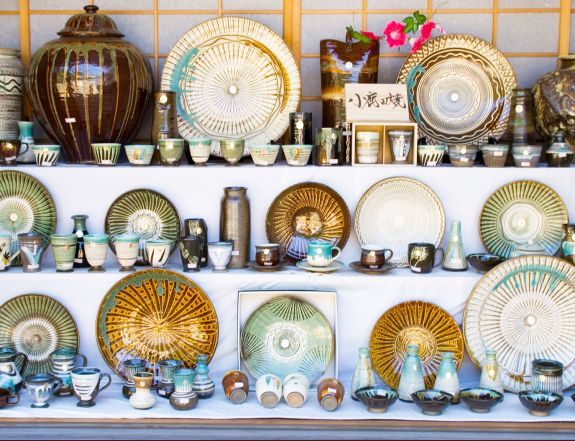
Kitsuki Moon Viewing Festival
The flickering light of candles placed in thousands of paper lanterns and bamboo holders wash the historic streets of Kitsuki's with a delicate ambience. Follow them to tea ceremonies and musical events held in the town's bukeyashiki samurai quarters to celebrate the silver-shining moon. A two-day event.
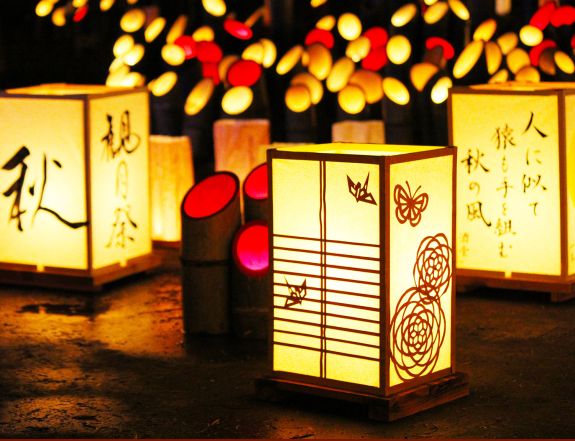
Kebesu Festival
No-one seems to know the origins of Kebesu, where the central participants wear wooden, carved masks unlike anything any others found in Japan. One eye is closed and some say that this is symbolic of the iron smelting industry that once existed in Kunisaki over a thousand years ago. Apparently, iron workers often lost an eye in their arduous labours. Held for centuries on the 14th October every year, the repeated ritual of the masked Kebesu, dress in white robes, charging into a fire seems to lends credence to this theory but no-one is really sure. Regardless, it is a unusual and fascinating spectacle.
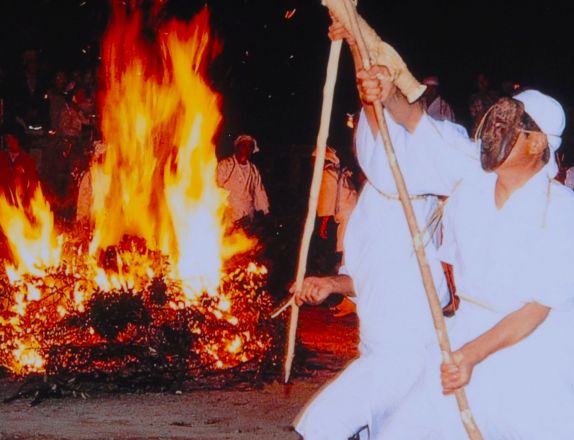
Taketa Art Culture
For many years, Taketa, led by its energetic and proactive mayor, has successfully been attracting young Japanese artists, craftsmen and women, and musicians from across Japan to live and work in its attractive environs. As a result, today, Taketa has an added vigour that makes it worthwhile to visit anytime of the year. In October, however, the annual Taketa Art Culture event provides additional value when pop-up galleries and exhibitions are to be found throughout town centre, both inside and outside, during the month. Begun in 2011 by an artist couple who made their home in Taketa this event has become a mainstay of Oita's art scene.
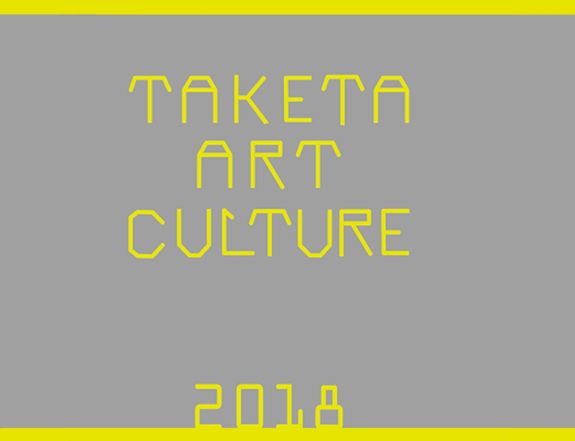
November
Usuki Takeyoi Lantern Festival
More than 20,000 bamboo lanterns, of all sizes and design, lining Usuki's stone-paved streets bring an ethereal atmosphere over two consecutive evenings to its historic town centre. Ladies dressed in many layered, exquisitely coloured kimono lend an other-worldly elegance as they parade serenely through the scene.
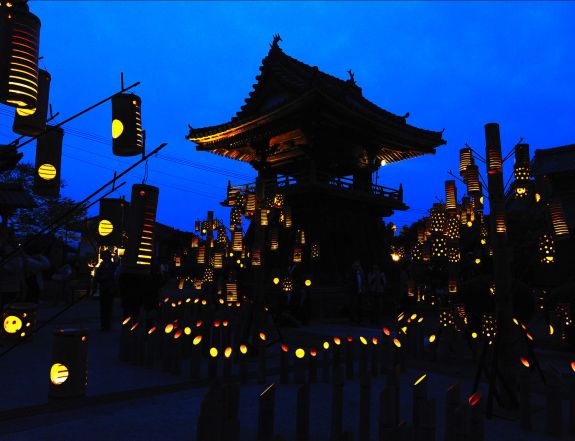
Hita Tenryo Festival
Hita flourished as the strategic stronghold of the all powerful shogun during the Edo Period. Over a weekend each November, the locals don period costume to bring back to life the days when the samurai controlled Japan. The highlight is a procession through Hita's historic Mameda-machi quarter of the gundai, the shogun's local representative, and his entourage. In the evening, the same quarter is lit up with lanterns.
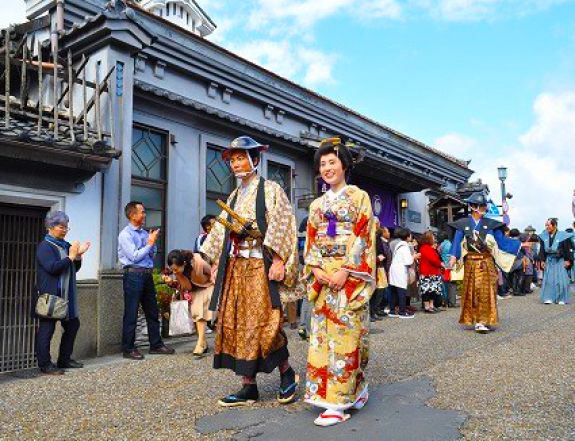
Oita International Wheelchair Marathon
The Oita International Wheelchair Marathon was the first of its kind for competitors only using wheelchairs anywhere in the world. Officially recognised by the International Paralympic Committee, the Marathon attracts top international and Japanese male and female athletes.
